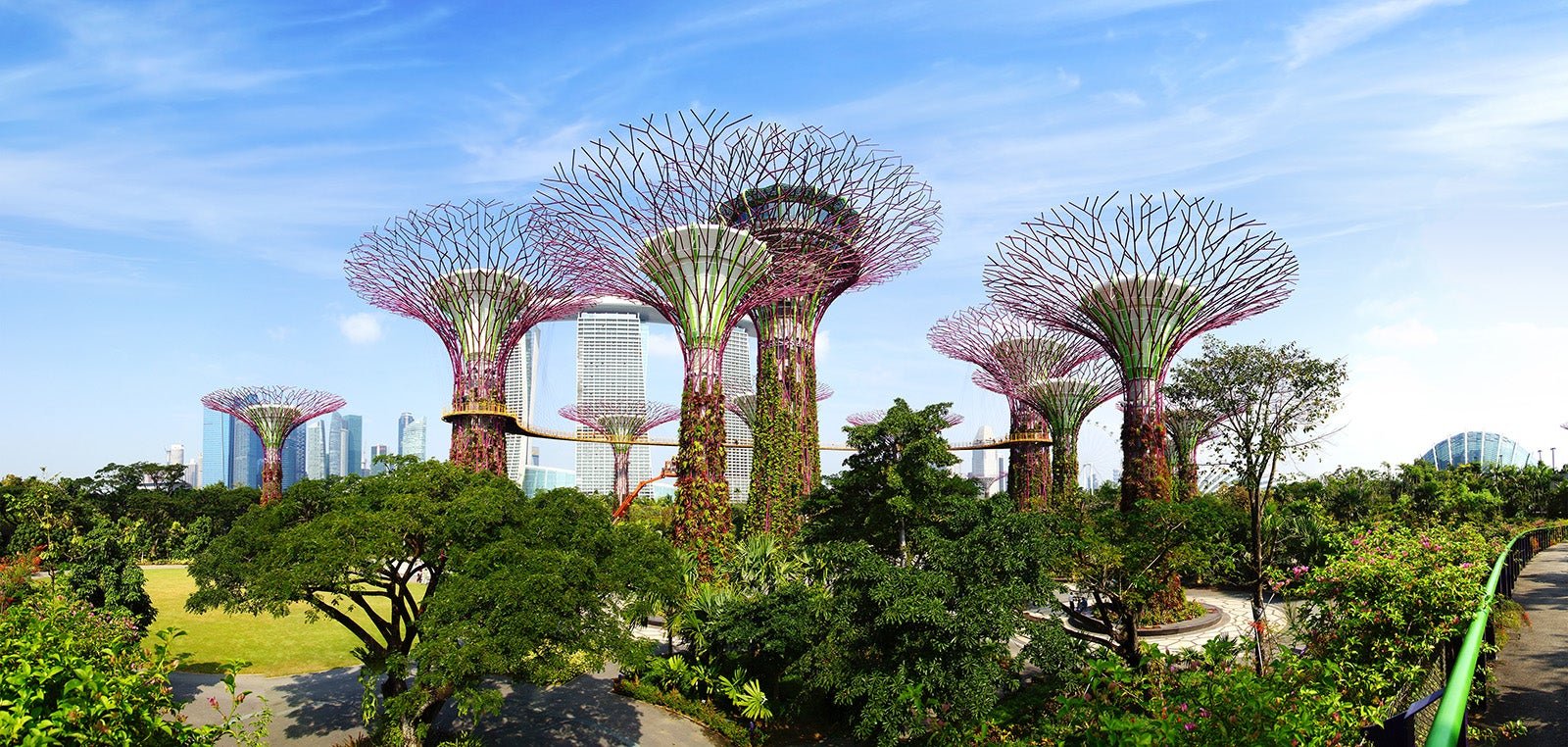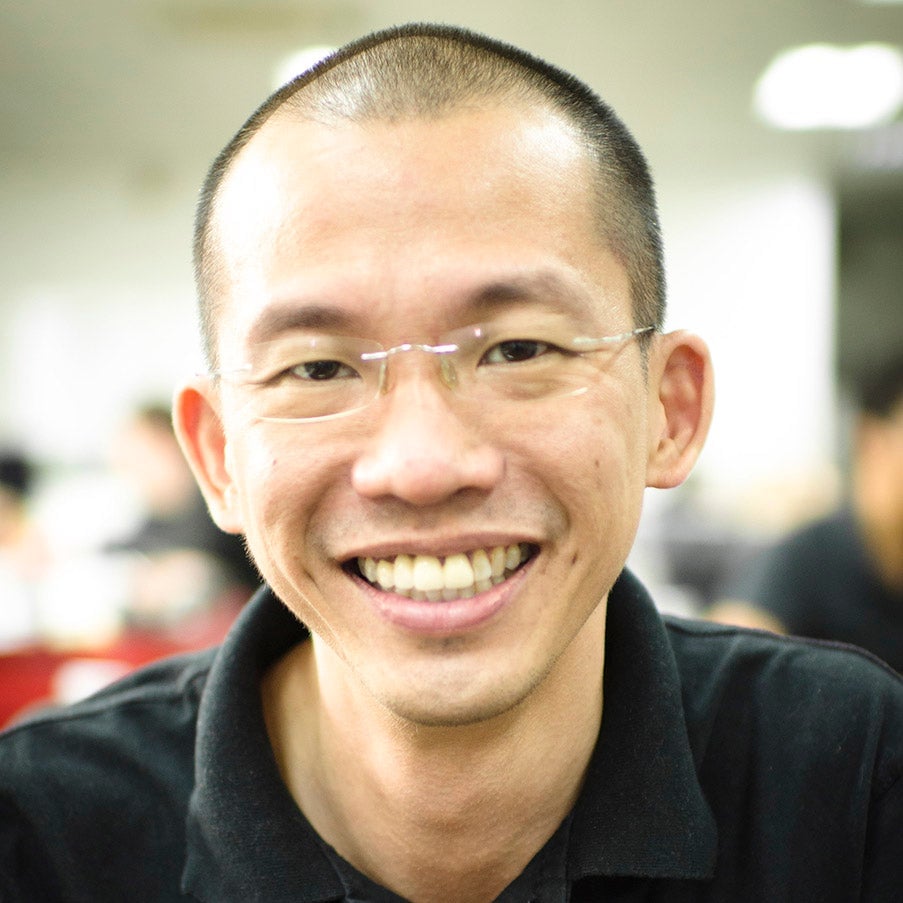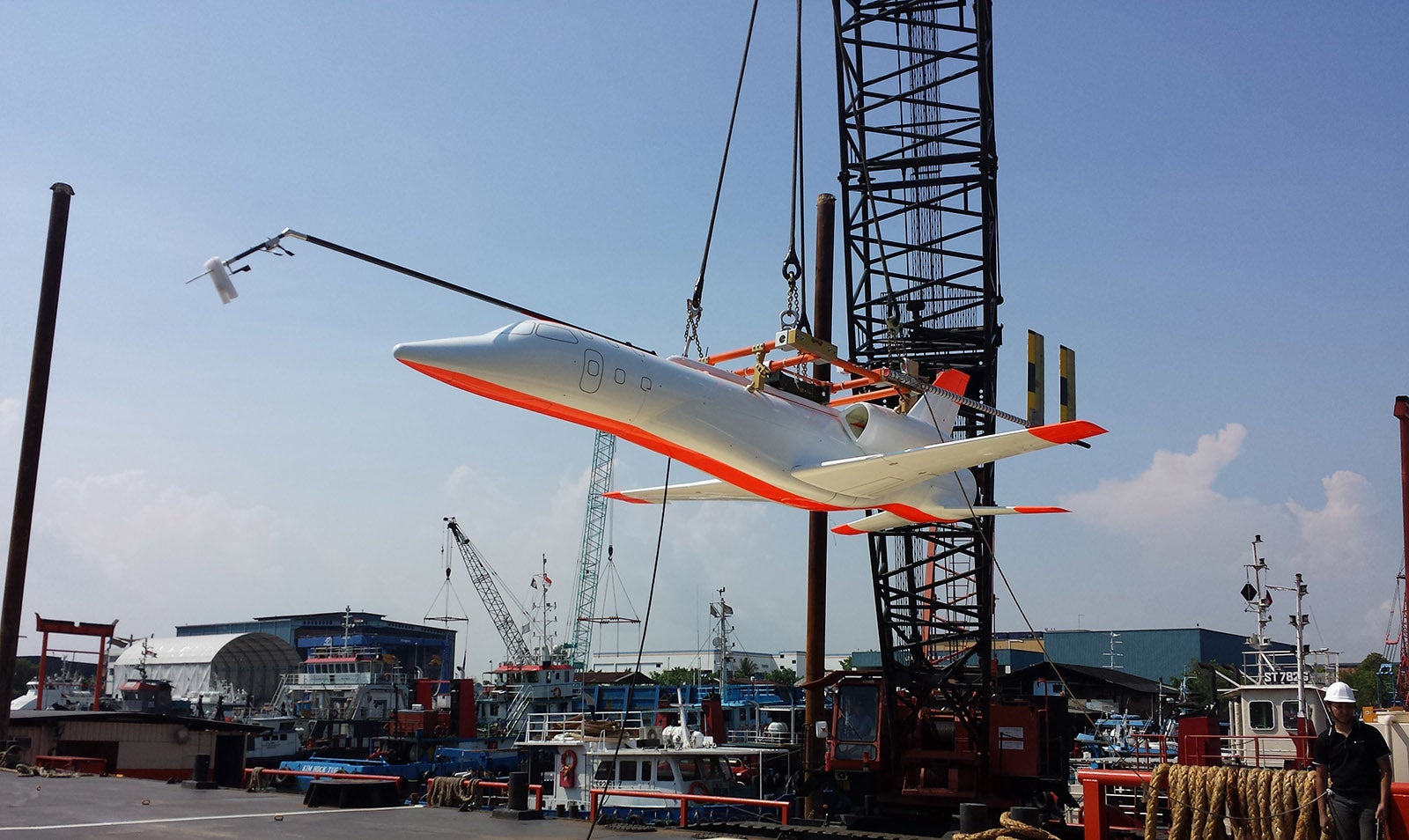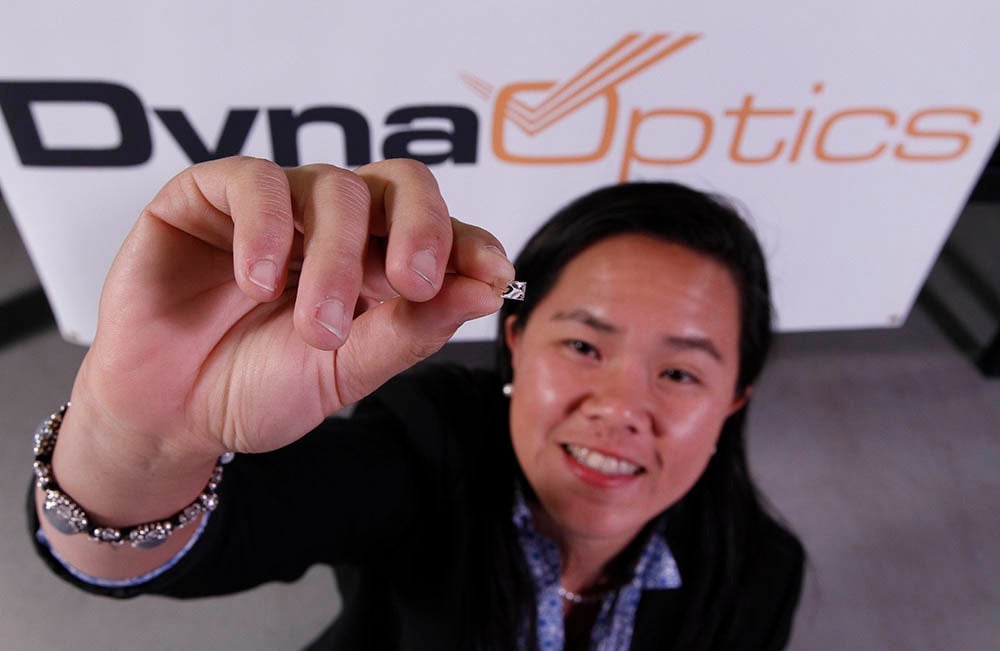How a nation of innovators is helping drive Asia forward
As the Asia-Pacific region continues to lead global economic growth, despite global uncertainty, economies such as Singapore’s have been key to driving the region forward. Look beyond the skyscrapers that punctuate the skyline of this global financial hub and you’ll discover the Asian giant is also home to a skilled manufacturing industry that makes up nearly a fifth of the country’s GDP. Travel north-west from the downtown central business district and you’ll find yourself passing research centers specializing in everything from precision engineering to biopharmaceuticals. Keep going and you’ll find engineering start-up HOPE Technik, which, despite being small in size, is making big waves across the world.


As the Asia-Pacific region continues to lead global economic growth, despite global uncertainty, economies such as Singapore’s have been key to driving the region forward. Look beyond the skyscrapers that punctuate the skyline of this global financial hub and you’ll discover the Asian giant is also home to a skilled manufacturing industry that makes up nearly a fifth of the country’s GDP. Travel north-west from the downtown central business district and you’ll find yourself passing research centers specializing in everything from precision engineering to biopharmaceuticals. Keep going and you’ll find engineering start-up HOPE Technik, which, despite being small in size, is making big waves across the world.
Founded by Peter Ho and three of his contemporaries, HOPE Technik operates in a range of engineering disciplines including emergency response vehicles, robotics, and exoskeletons. Hailed by Singapore’s Prime Minister Lee Hsien Loong as a prime example of an enterprise that is building new capabilities in an economy defined by disruption, HOPE Technik has grown rapidly since it was founded just over a decade ago.

Ho, a life-long engineer with motorsport in his blood, started the company to make something of his passion. “I’m an engineer. Properly an engineer. I love nothing more than actually building stuff,” he proudly proclaims.
Since the company’s inception in 2006 with just $7,500 USD, they have grown to over 140 employees–affectionately referred to as “teammates”–and have developed a range of products that have found customers all over the world. Specializing in vehicles designed for emergency services, robots, and drones, HOPE Technik operates a business. that look for challenges and develop them into viable products. This has taken them from their motorsport roots to diverse industries, and even beyond the earth’s atmosphere.
When Airbus came looking for a partner to help develop a research prototype to take passengers to the edge of space, HOPE Technik secured the contract. A contract that would have been almost impossible to win for a company of HOPE’s size without the help of the Singapore Government and their focus on enabling partnerships.
“Airbus wanted the project to be done in an innovative, rapid, and efficient way,” explains Ho. “We had to go and figure things out that didn’t really readily exist.” Designing, developing, and manufacturing the prototype plane’s airframe, avionics, and user interface from scratch called for serious innovation. This drive to invent is built into the core of the company.

According to HOPE Technik’s founder, “You can’t foster innovation, you have to demand it.” Teammates embody the mantra that defines company culture: ‘Small in number, strong in force.
Ho understands that as the manufacturing industry globally becomes more competitive, HOPE Technik and other Singaporean companies need to have a point of differentiation. “We know that the reality is you’ve got the super manufacturing silos of the world, like China, that are growing. So we need a strong proposition to the buyer.”
Ho believes that Singapore can’t compete on cost, so its people and ideas need to be stronger. “The only proposition we can have is a better solution. What would a better solution mean? Same constraints, same boundaries for everybody, but a better idea. That’s innovation.”
To compete with better ideas requires the infrastructure to enable it. The government is acutely aware of the role that it plays here, having recently committed approximately $14 billion USD over the next five years to spur the country’s R&D capabilities, enterprise innovation, and entrepreneurship. Over the past decade, the government has already put more than $22 billion USD into R&D to help companies develop and test new products and solutions.
From A*STAR, Singapore’s Agency for Science, Technology, and Research, to a host of incubators, the island is alive with entrepreneurs pushing boundaries. One such example is optics startup DynaOptics, whose tech is used in everything from mobile phone cameras to self-driving cars.
CEO Li Han Chan decided to start her company after working in a similar space in the US. “It was a bit of an intersection of many different events, serendipitous or otherwise, coming together,” she explains. “I was running an incubator focused on spitting out early-stage technologies from universities and helping to commercialize their technologies, so I was already very familiar with the space. I thought the next adventure for me would be to start my own company.”

Working with her business partner for nine months before deciding to go full time, she believes that without help from Singapore’s ecosystem, her company wouldn’t have got off the ground. In need of financing early on, she found help from SPRING, Singapore’s Standards, Productivity, and Innovation Board. “SPRING Singapore supported some very early prototype development; it was the trigger to starting the company.” This support goes beyond just the financial, as Chan explains: “Our investors are really, really willing to be hands-on with us, and that has supported us through many difficult times.”
With the help of this support network, DynaOptics has grown rapidly since its launch in 2012. “The growth of the industry has been in line with the growth of consumer devices and automotive,” she believes. “In the last five years, we’ve seen mobile completely explode, then flatten out, and we’re seeing the next wave of automotive really coming up. I’ve seen a lot of manufacturing companies grow because of these trends, and from a quality standpoint, people come to Singapore.”
Splitting her time between Singapore and California, Chan sees the part her home nation played in bringing her dream to life as invaluable. “We’ve just been very lucky to be with a group that is extremely supportive.”
Speak to any entrepreneur in the country and it becomes clear that while the nation may have been built on the foundation of their parents’ hard work, the future looks certain to be built from the current generation’s passion for innovation and breaking boundaries.
Discover how other businesses are realising new possibilities in Singapore.
This article was produced on behalf of Singapore Tourism Board and Singapore Economic Development Board by Quartz Creative and not by the Quartz editorial staff.